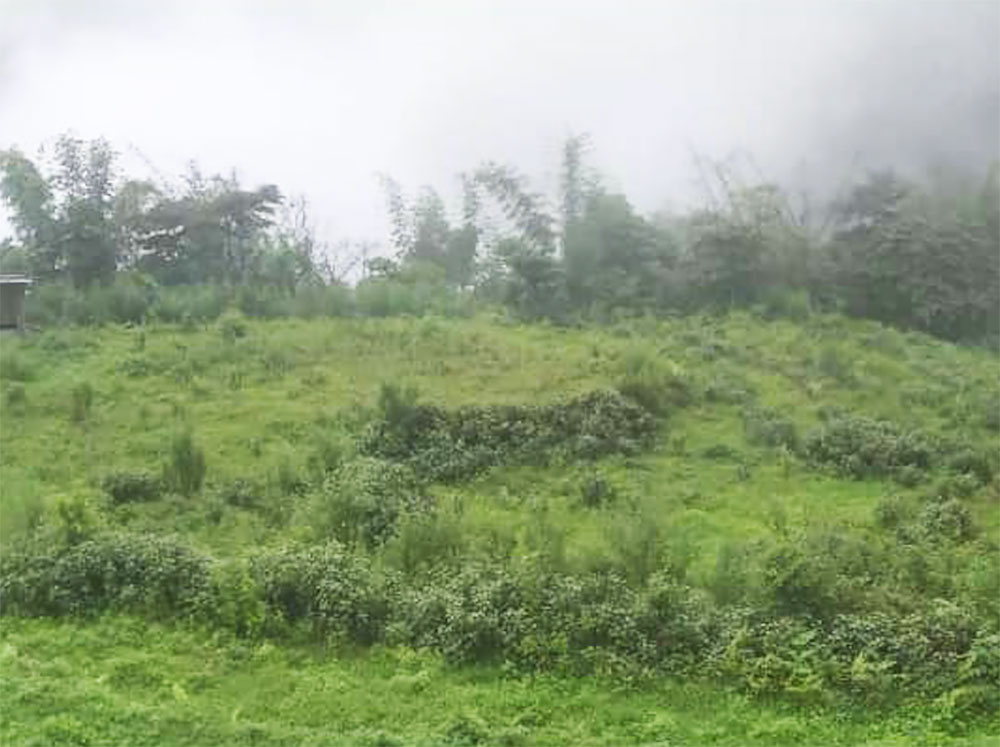Choki Wangmo | Dagana
After resettling in Gesarling, Dagana, in 1998 from Zhemgang, Sangay cultivated paddy only for four years.
The 35-year-old had to leave his two acres of wetland fallow as the chiwog faced shortage of irrigation water.
“We had to grow vegetables and plant cardamom in the fields,” Sangay said.
Another villager, Sumchoe, said cardamom was once lucrative in the locality, but pests have killed most cardamom plants now. “Returns from cardamom wasn’t good due to the lockdown last year. This year the harvest is poor.”
Like many other villagers, Sangay requested authorities to allow him to convert his wetland into dry land four years ago, but the law prohibits the conversion.
Villagers claim that officials from the National Soil Centre visited the area and carried out a soil test, but they did not hear anything.
Sumchoe said she tried to cultivate vegetables and other crops in more than three acres of wetland. “We keep applying for land conversion, but there is no response from the concerned authorities.”
She said if they have access to irrigation water, they would like to cultivate paddy. “I don’t want to depend on imported rice. I wish we had more livelihood options.”
There are 36 households in the chiwog and about 30 acres of wetland.
Men from the village are forced to look for work in other areas.
Gesarling Tshogpa, Lekzom, said most men work as construction workers.
Lekzom resettled in Gesarling in 2002. She said that since then people started facing irrigation water shortage. “Now drinking water is becoming scarce too.”
She has two acres of wetland, which has mostly been fallow.
She claimed that the villagers were not allowed to cultivate fruit trees in their paddy fields. “Even if we worked in the paddy fields, it is a wastage of time and resources. We have to maintain and clear the terraces.”
Under the water flagship programme, farmers said that they were told to locate a water source but couldn’t find any.
Lekzom said that the former agriculture minister promised them rain harvesting techniques that were used in nearby areas but it couldn’t materialise in the chiwog.
Farmers also fear rainwater harvesting would not be enough for irrigation.
Gesarling Gup, Pema Wangmo Tamang, said the gewog administration explored measures to provide irrigation water.
The source, she said, was located in other gewogs that was about 25km away from the chiwog. “Even if farmers from other gewogs agree to share water, the gewog budget won’t be sufficient.”
She said that the gewog administration had informed the dzongkhag about the issue.
Gesarling gewog’s agriculture extension officer, Ashok Kumar Pradhan, said that irrigation water challenge in the gewog has been ongoing for decades.
He said that there were no water sources in the chiwog. “Farmers can cultivate vegetables, maize, and cardamom in the paddy fields.”
Edited by Tashi Dema


